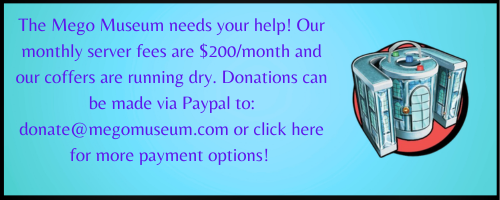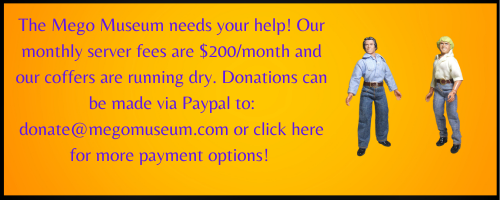Well, I just returned it to the library( Someone else has it on hold. ) I'll check it out again and read some of the chapters i skimmed . Maybe good notes and a few photocopies will be enough and I wont have to buy the book.
I understood most of what i was reading. It is an advanced book. Ten years ago I would have been frustrated. ( If anybody needs any explaining I'll help if i can)
I REALLY liked the pcitures of pieces as they were cut apart and gated for the molds. I never got the grasp of gating back in Foundry shop . Comparing it to plumbing helps a lot.
I think my favorite part was designing and making joints for articulation.
I did not see a ball and sock pop illustrated. ( Modern Star Wars and Joe heads) . I also didnt see anything about adding a plasticizer for making resin more flexible . I don't even know if thats possible.
The figure and staue made as examples look much more complicated than anything i have planned so thats good.
The Bad?
Well for me: the equipment. Mainly an Air Compressor for a pressure pot and Air Brush. I moved out of my house with a studio a few months ago and in my new apartment I cant have loud shop tools. To be honest I sold my AIr Brushes off because they were more trouble than I wanted. I'll just work around using a pressure pot.
I'm undecided about buying a wax sculpting pen. I've never used one. When we worked with modeling wax for Foundry w just used cheap Radio Shack soldering guns.
Since hot Glue guns make me nervous. I'm not too sure about buying a wax heat pen.
Besides the detail theyre getting I do at a larger size and use hydrospan to shrink the piece .
The info on using wax sheets looked great. It makes drapery and hard edged details look easy.
 There were many details i wont forget. For example. in doing something symmetrical ( eyes) work on the left side first , then right, ( if youre right handed) is genius. We work better on our dominant sides so it's easier to match things up.
There were many details i wont forget. For example. in doing something symmetrical ( eyes) work on the left side first , then right, ( if youre right handed) is genius. We work better on our dominant sides so it's easier to match things up.
I understood most of what i was reading. It is an advanced book. Ten years ago I would have been frustrated. ( If anybody needs any explaining I'll help if i can)
I REALLY liked the pcitures of pieces as they were cut apart and gated for the molds. I never got the grasp of gating back in Foundry shop . Comparing it to plumbing helps a lot.
I think my favorite part was designing and making joints for articulation.
I did not see a ball and sock pop illustrated. ( Modern Star Wars and Joe heads) . I also didnt see anything about adding a plasticizer for making resin more flexible . I don't even know if thats possible.
The figure and staue made as examples look much more complicated than anything i have planned so thats good.
The Bad?
Well for me: the equipment. Mainly an Air Compressor for a pressure pot and Air Brush. I moved out of my house with a studio a few months ago and in my new apartment I cant have loud shop tools. To be honest I sold my AIr Brushes off because they were more trouble than I wanted. I'll just work around using a pressure pot.
I'm undecided about buying a wax sculpting pen. I've never used one. When we worked with modeling wax for Foundry w just used cheap Radio Shack soldering guns.
Since hot Glue guns make me nervous. I'm not too sure about buying a wax heat pen.
Besides the detail theyre getting I do at a larger size and use hydrospan to shrink the piece .
The info on using wax sheets looked great. It makes drapery and hard edged details look easy.
 There were many details i wont forget. For example. in doing something symmetrical ( eyes) work on the left side first , then right, ( if youre right handed) is genius. We work better on our dominant sides so it's easier to match things up.
There were many details i wont forget. For example. in doing something symmetrical ( eyes) work on the left side first , then right, ( if youre right handed) is genius. We work better on our dominant sides so it's easier to match things up.


Comment